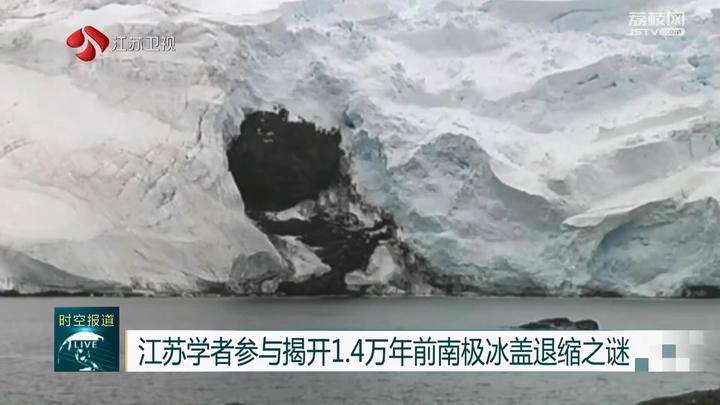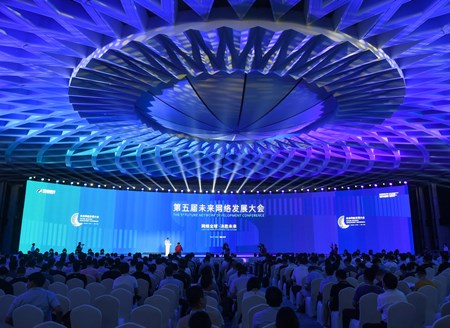
Chinese and foreign scientists have collaborated to reveal the direct connection between the release of melting water under the Antarctic ice sheet and the retreat of the ice sheet and sea level rise, providing important references for predicting potential changes in the Antarctic ice sheet in the future. The research findings have been published in Nature Communications.

Geological records indicate that there were several rapid retreat processes of the Antarctic ice sheet during the last deglaciation period, approximately 18000 to 11000 years ago, which may be related to the instability of the ice sheet caused by the discharge of melting water under the ice. However, due to the lack of direct geological evidence, the connection between the discharge of sub glacial melt water and the rapid retreat of the Antarctic ice sheet is still unclear.

Li Tao, associate researcher of the Nanjing Institute of Geology and Palaeontology of the Chinese Academy of Sciences, and his collaborators, used the uranium isotope composition of seawater near the ice sheet as a potential indicator for recording the release of subglacial melt water, while deep-sea corals, a coral group living below 200 meters in water depth, provided them with research clues.
By measuring the age and uranium isotope composition of deep-sea coral samples from the Drake Strait in the Southern Ocean, the research team obtained high-resolution records of uranium isotope evolution in the Southern Ocean seawater since the last glacial period.
“By comparing existing geological records, we have found that it is possible that the increase in temperature and intensity of the upwelling at that time led to the instability of the ice sheet, thereby promoting the release of bottom melting water and the retreat of the ice sheet,” said Li Tao, Associate researcher of Nanjing Institute of Geology and Palaeontology, Chinese Academy of Sciences.
Based on this discovery, scientists believe that the melting water brought about by the retreat of ice sheets not only leads to sea level rise, but also affects air sea exchange, alters the biogeochemical cycle of the ocean, and has a significant impact on the global carbon cycle.
“We are currently in a context of global warming when the temperature of seawater is slowly increasing in this context, leading to similar phenomena that we saw during the last glacial period, which may occur in Antarctica in the future,” said Li Tao.





